 It was estimated that in 2013 Kenya had the third largest camel population in Africa with a population of 3.1M, behind Somalia (7M) and Sudan (4.7M). The total camel meat production in Kenya was estimated to be 700 tonnes per year, worth of around KES I billion. The total camel milk production was calculated in 200 million liters per year, worth approximately KSH 2 billion. Camels serve as financial assets and security against drought related losses and also play a key role in social eminence to the pastoralists.
It was estimated that in 2013 Kenya had the third largest camel population in Africa with a population of 3.1M, behind Somalia (7M) and Sudan (4.7M). The total camel meat production in Kenya was estimated to be 700 tonnes per year, worth of around KES I billion. The total camel milk production was calculated in 200 million liters per year, worth approximately KSH 2 billion. Camels serve as financial assets and security against drought related losses and also play a key role in social eminence to the pastoralists.
Only 12% of the camel milk produced in Kenya is marketed. From these 12%, 10% is sold to rural consumers while the re-maining 2% reaches urban consumers. It was projected that 38% of the milk produced is consumed directly by camel keep-ing households, with the remaining 50% going to waste. Most of the camel milk is consumed in raw form, either fresh or natural-ly fermented. This can expose consumers to infections from bru-cellosis and other milk borne infections.
As part of the Urban Zoonosis Project, this project involves map-ping the camel value chain in Kenya and its food safety risks. The research is divided in two phases. The first phase aims at mapping the chain, understanding its governance, provide an economic evaluation and explore and identify the possible pub-lic health risks existing along the chains. The second phase aims at collecting biological samples to assess the prevalence of E.coli and brucellosis on the different chains identified. The outcome of this project will be important to inform policy formulation and food safety control.
Article written by: Dr. Dishon Muloi (MSc Student, UoN)
The Zoonotic and Emerging Disease group studies a range of epidemiological issues revolving around the domestic livestock, wildlife and human interface


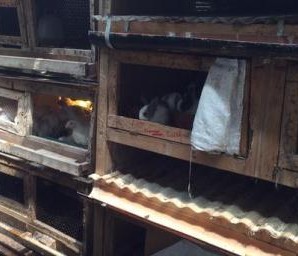
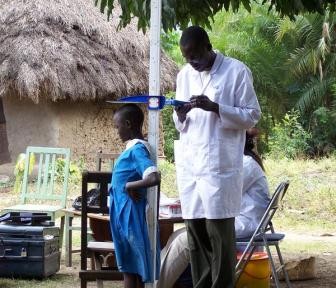
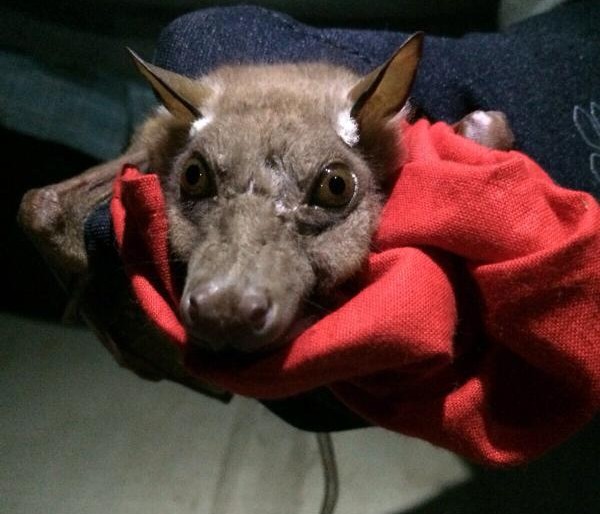
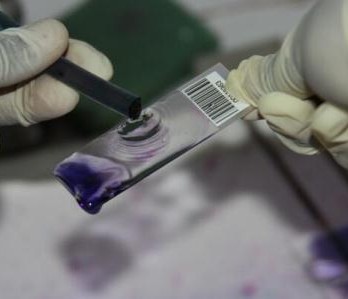
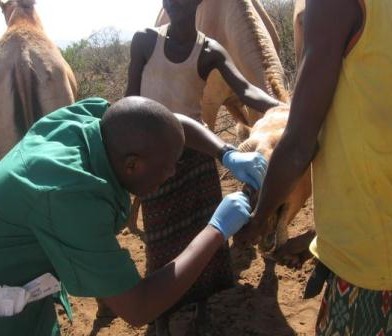
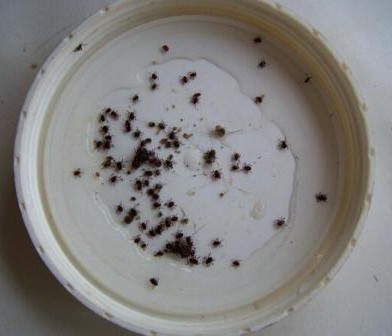
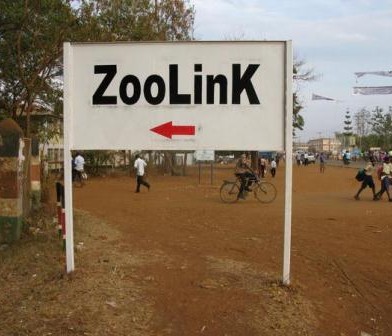
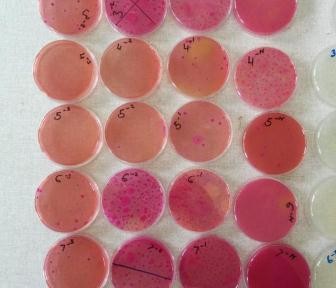
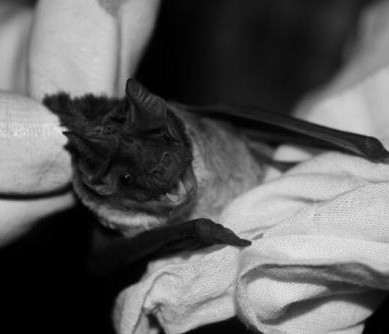
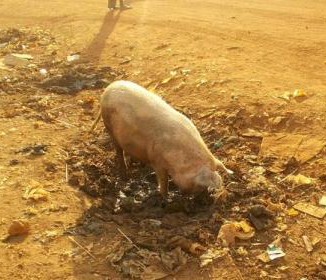
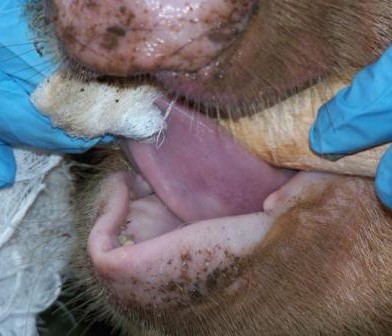
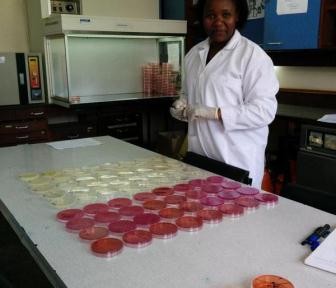
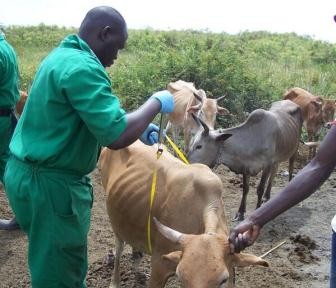
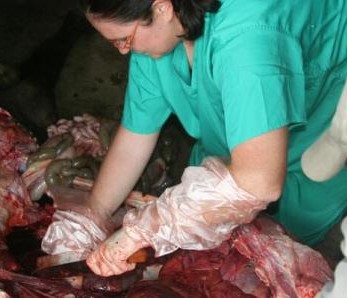
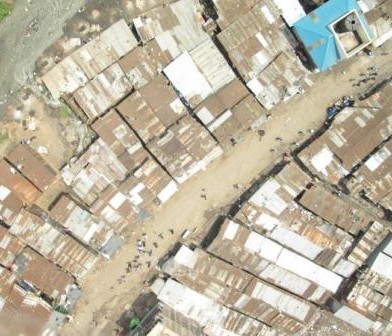
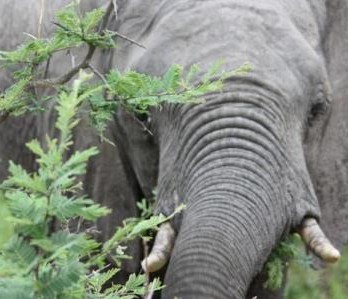
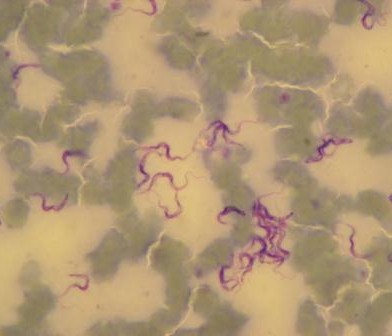
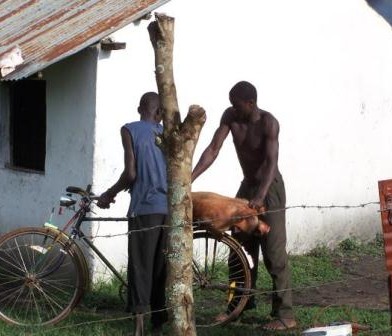
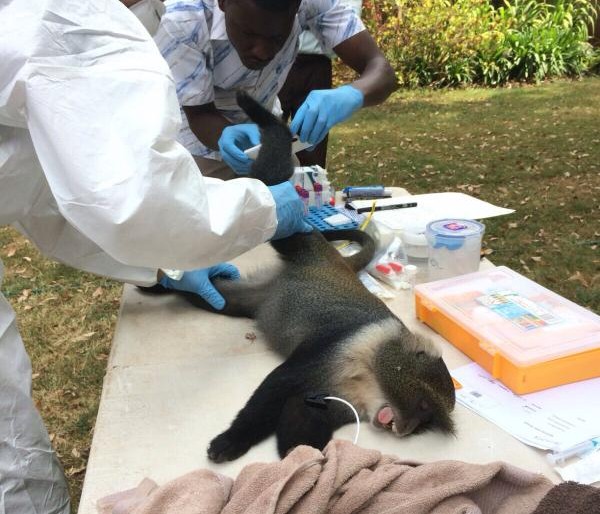
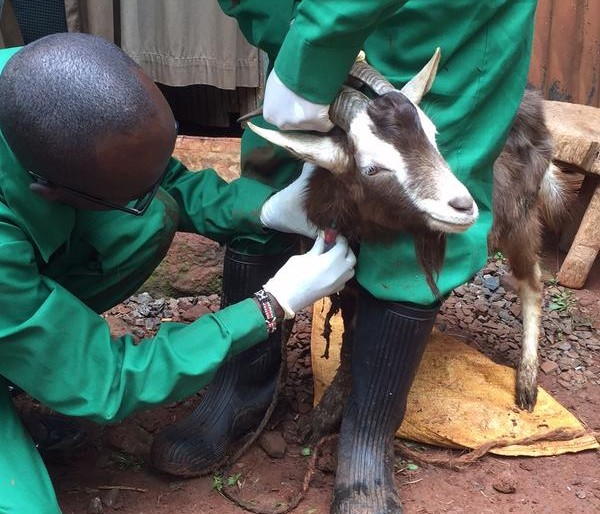
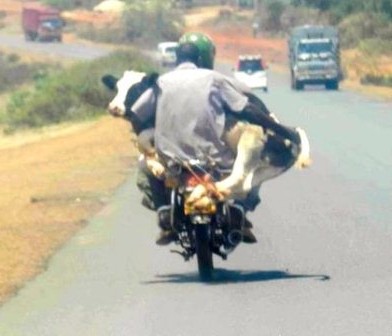
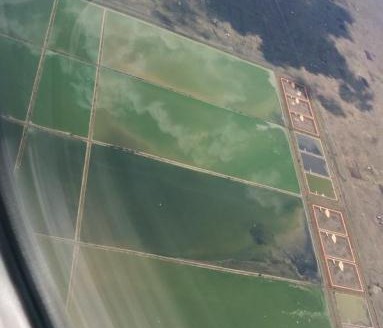
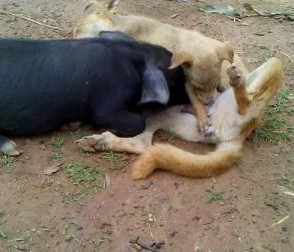
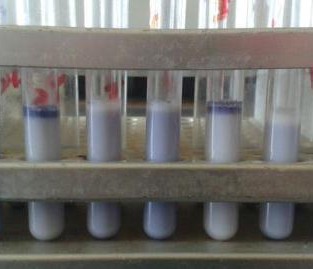
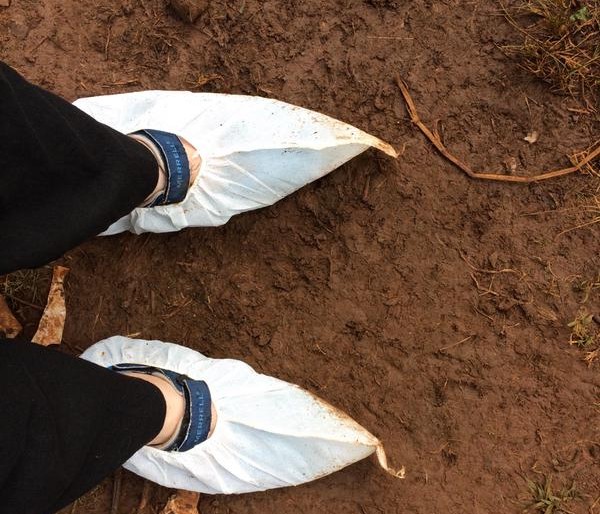
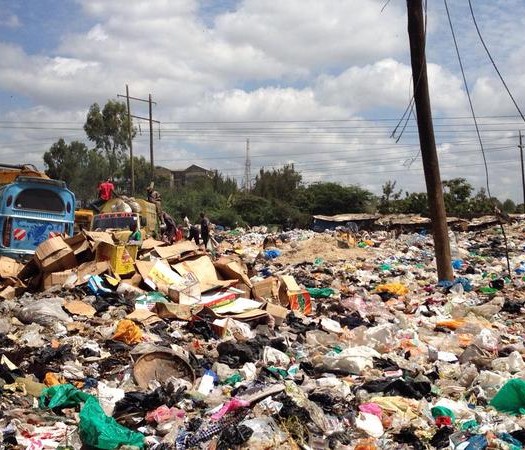
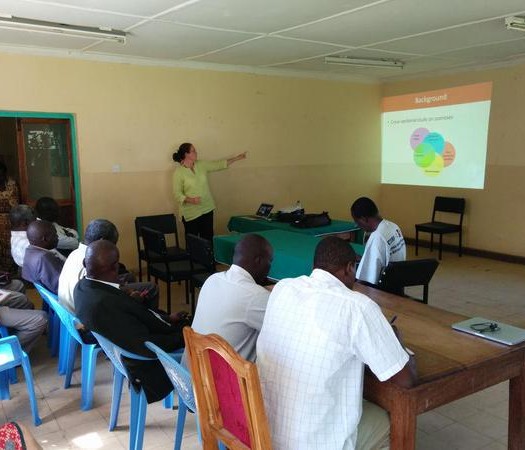
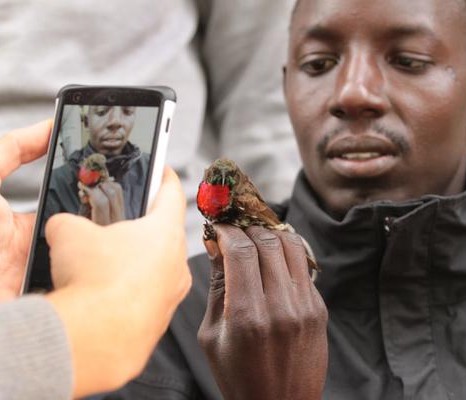
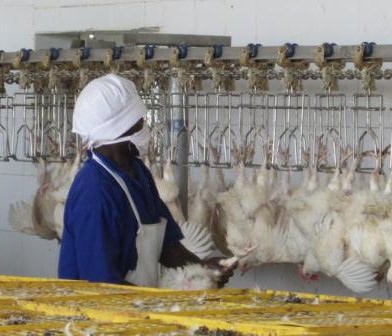
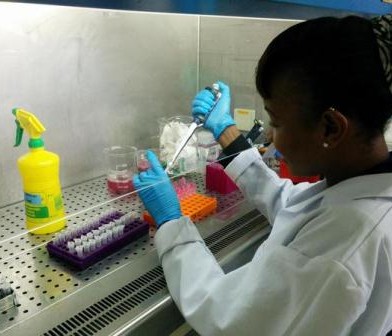
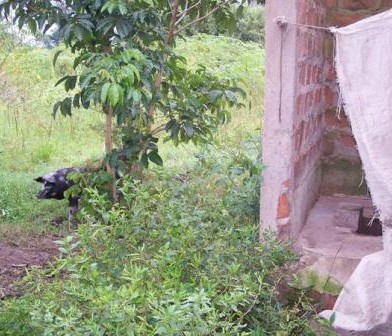
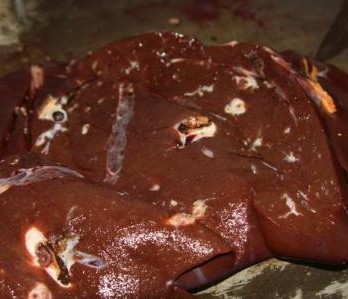
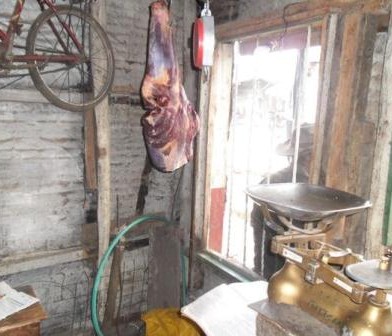
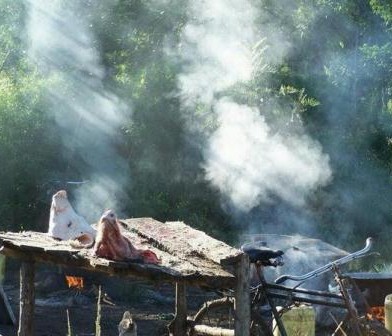
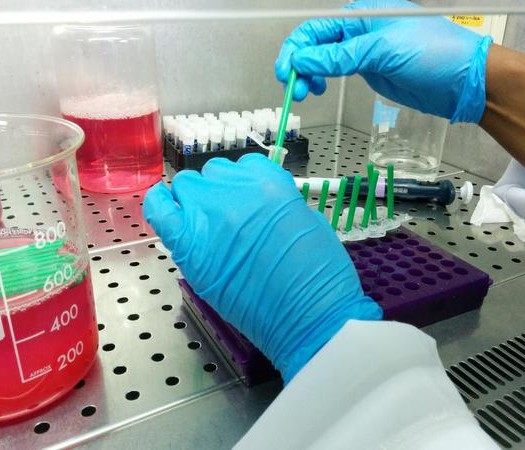
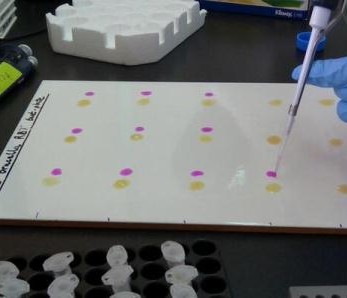
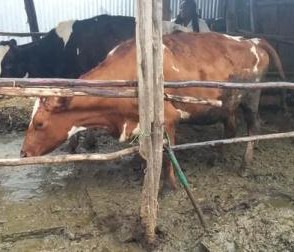
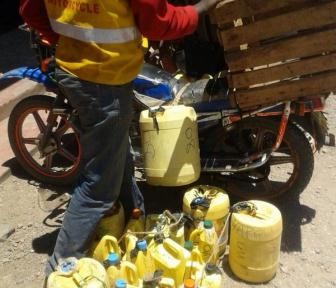
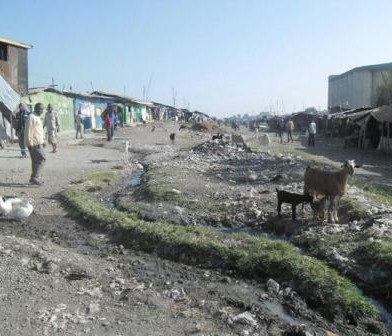
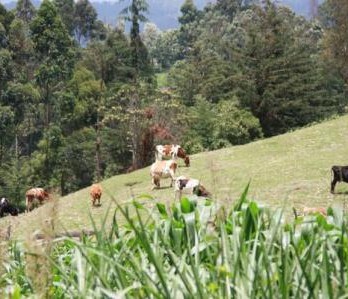
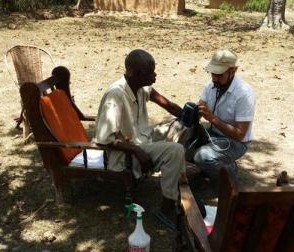

You must be logged in to post a comment.